Latest results
Pristine Inner Galaxy Survey (PIGS) IX. The largest detailed chemical analysis of very metal-poor stars in the Sagittarius dwarf galaxy This paper is the result of a collaboration between ERIS and Pristine. Sara Vitali, one of our PhD students, came to Chile because she wants to see how with phylogenetic techniques we can learn about […]





